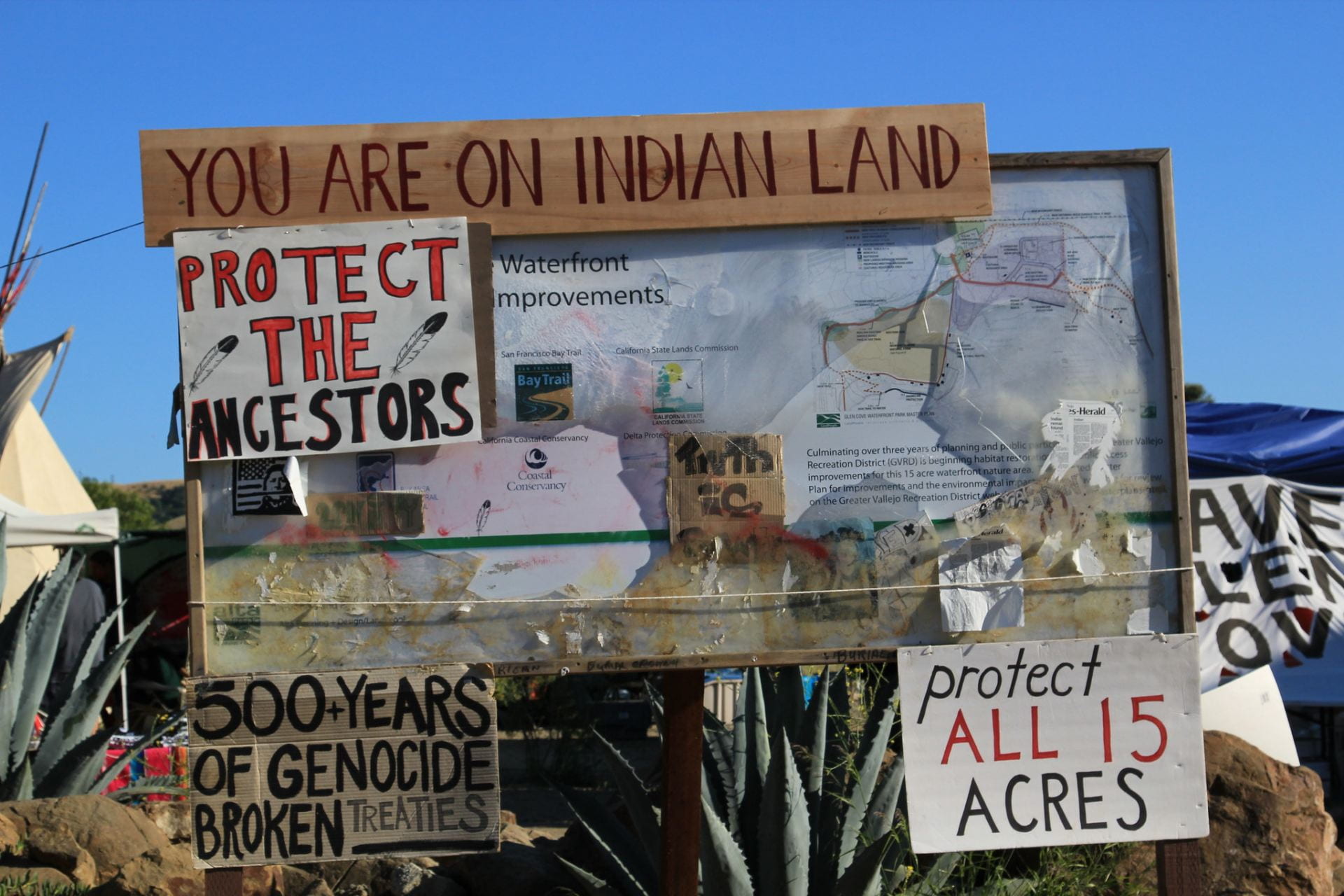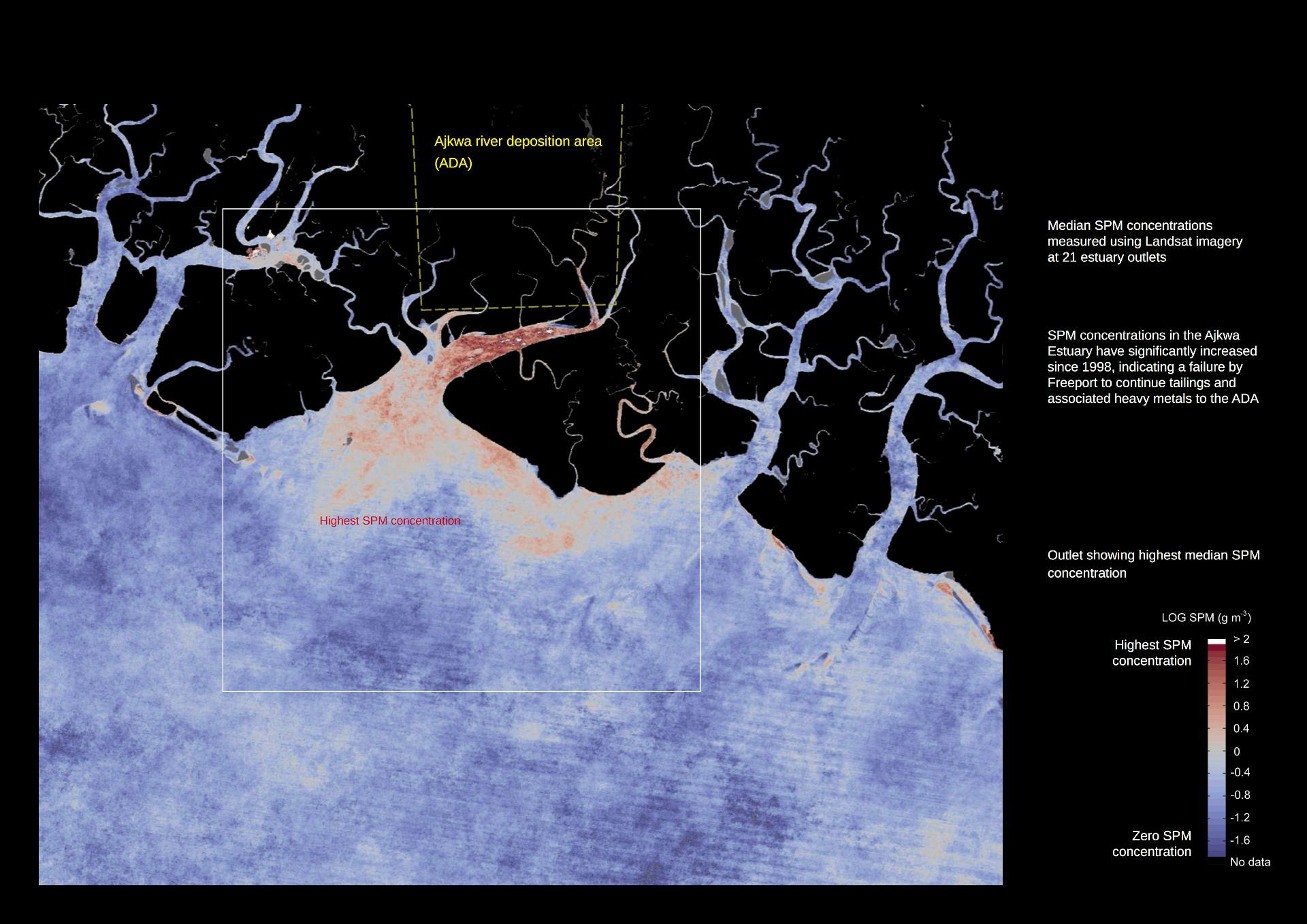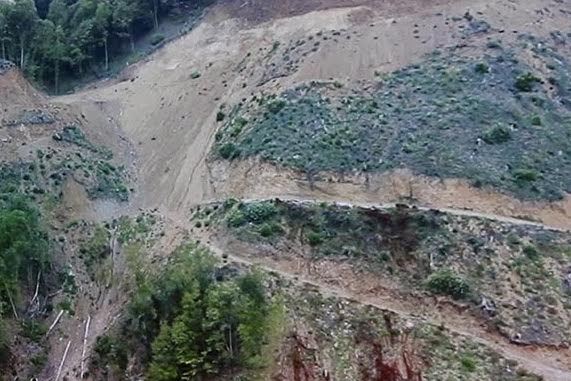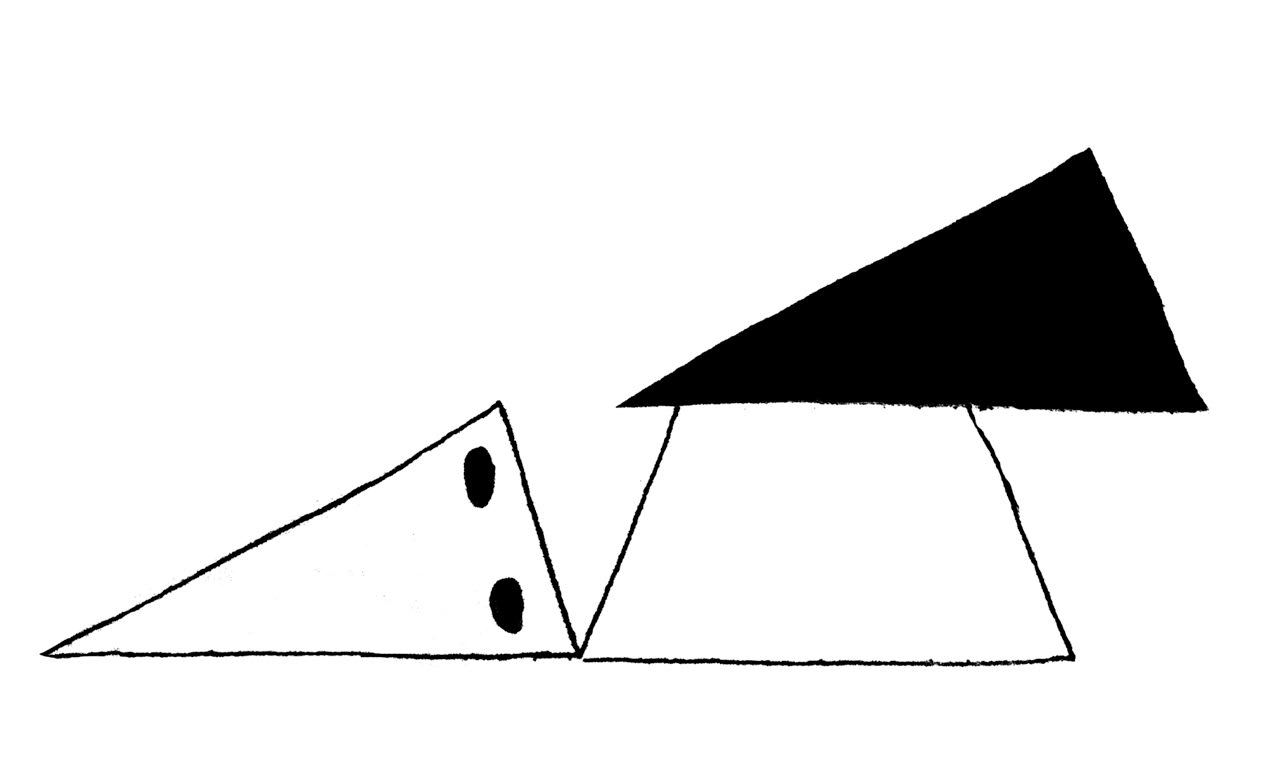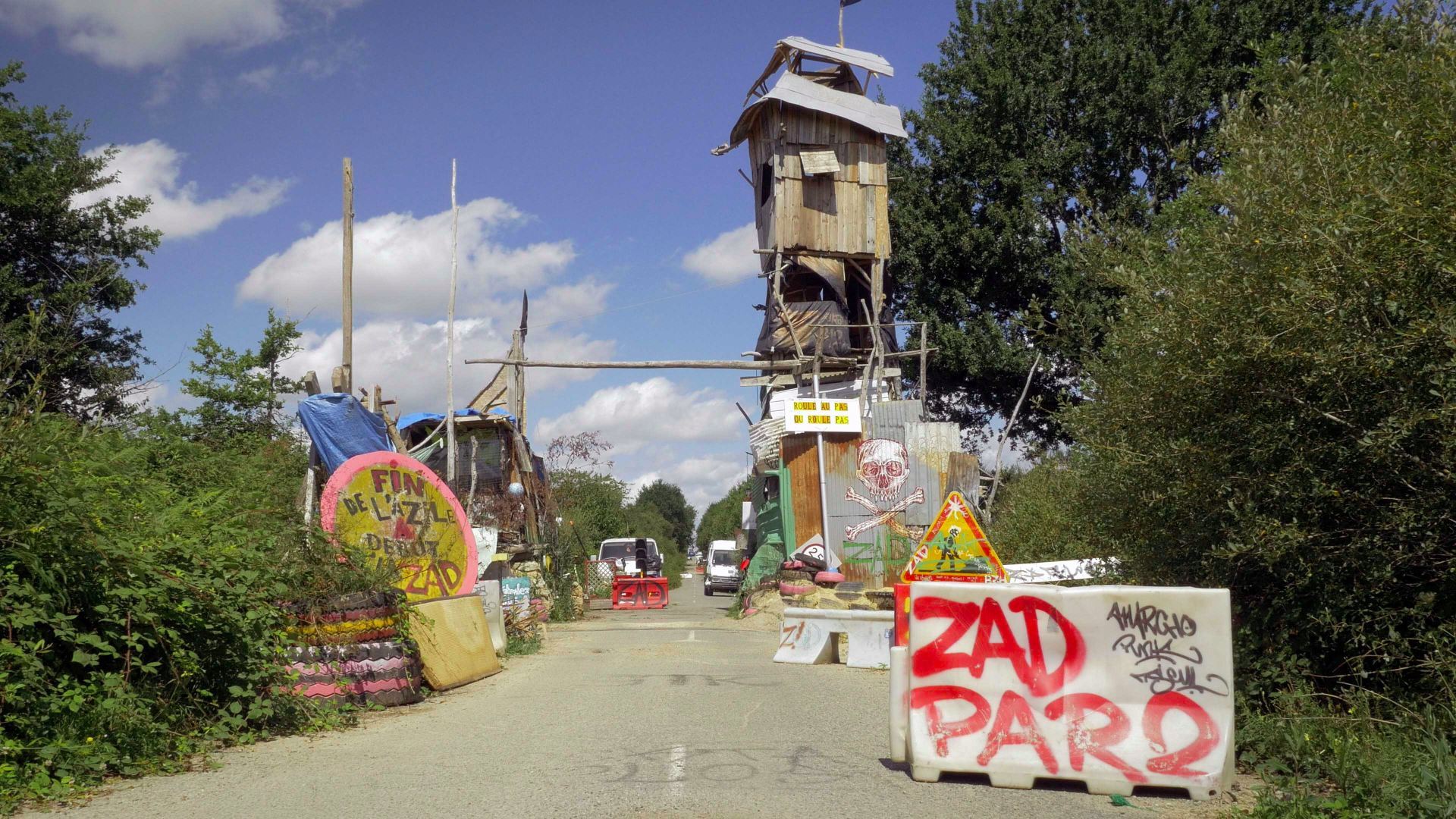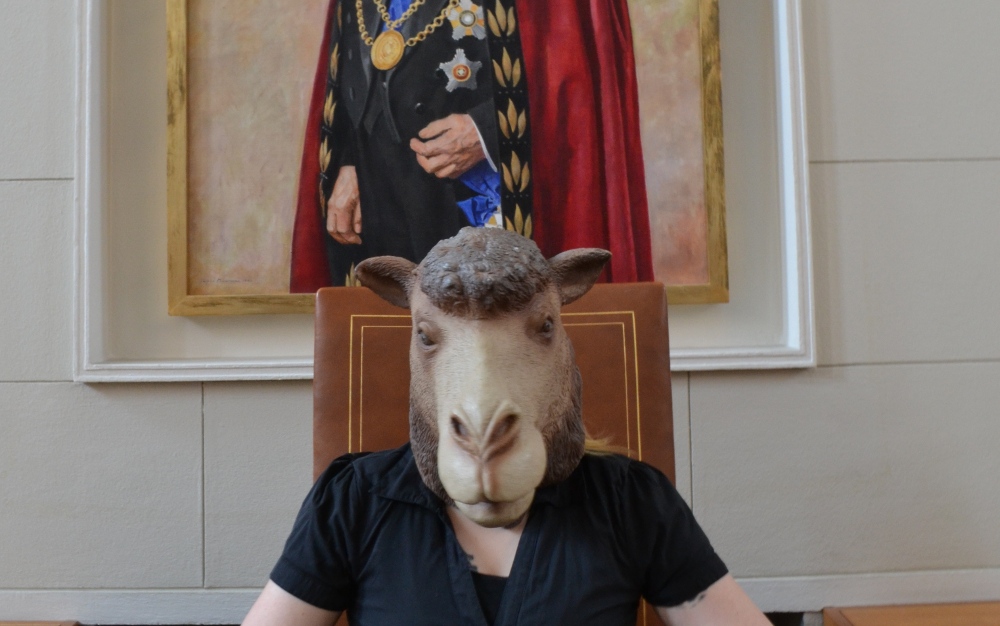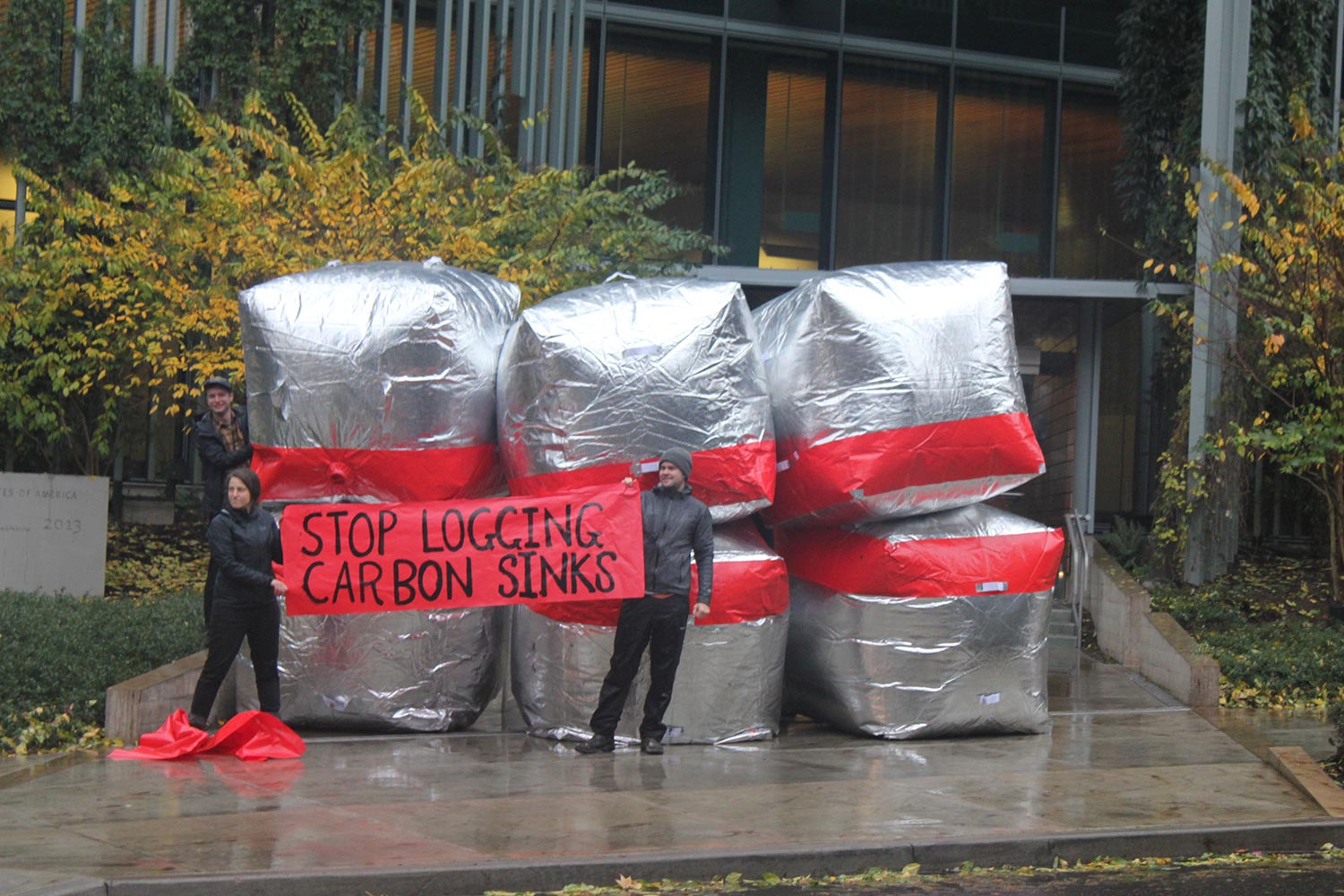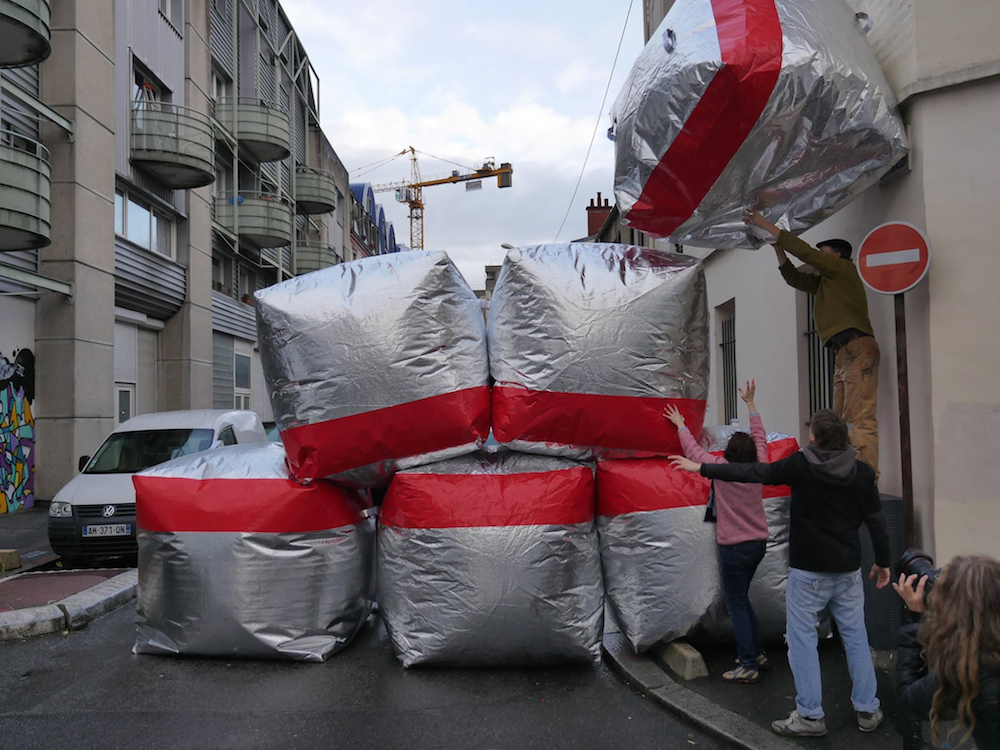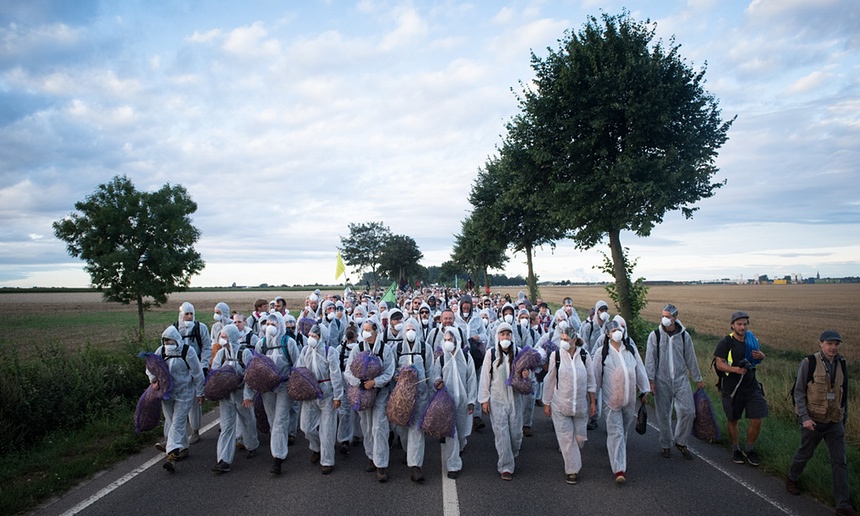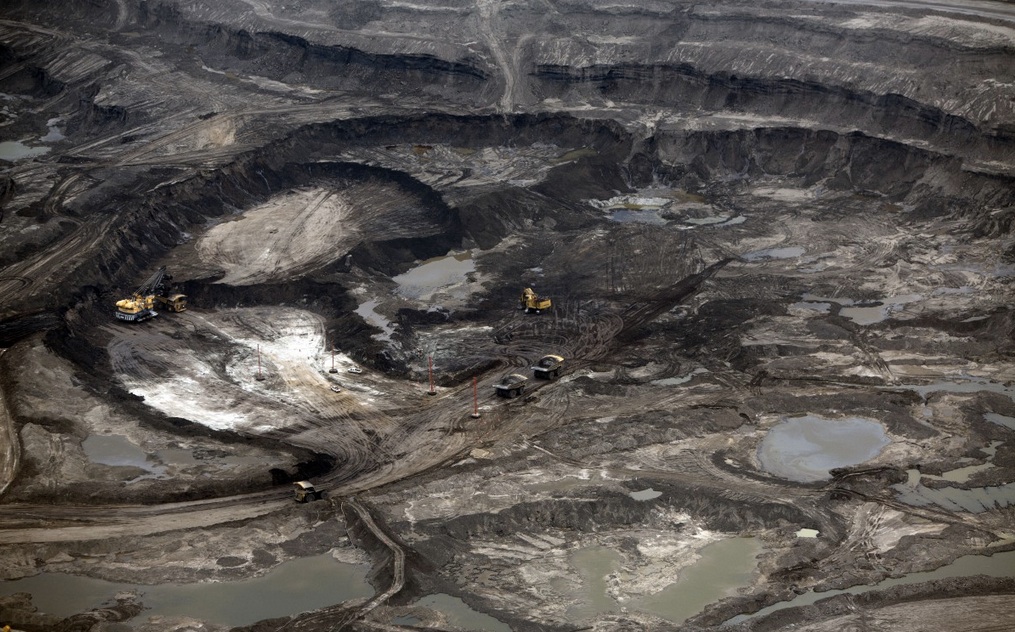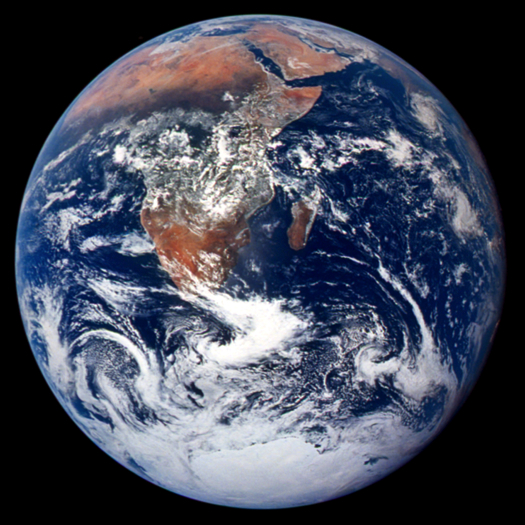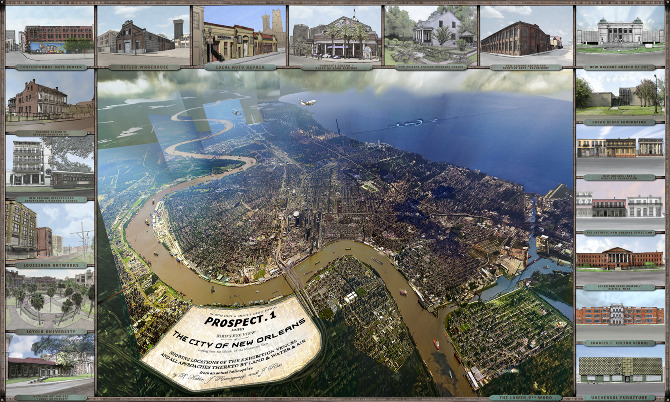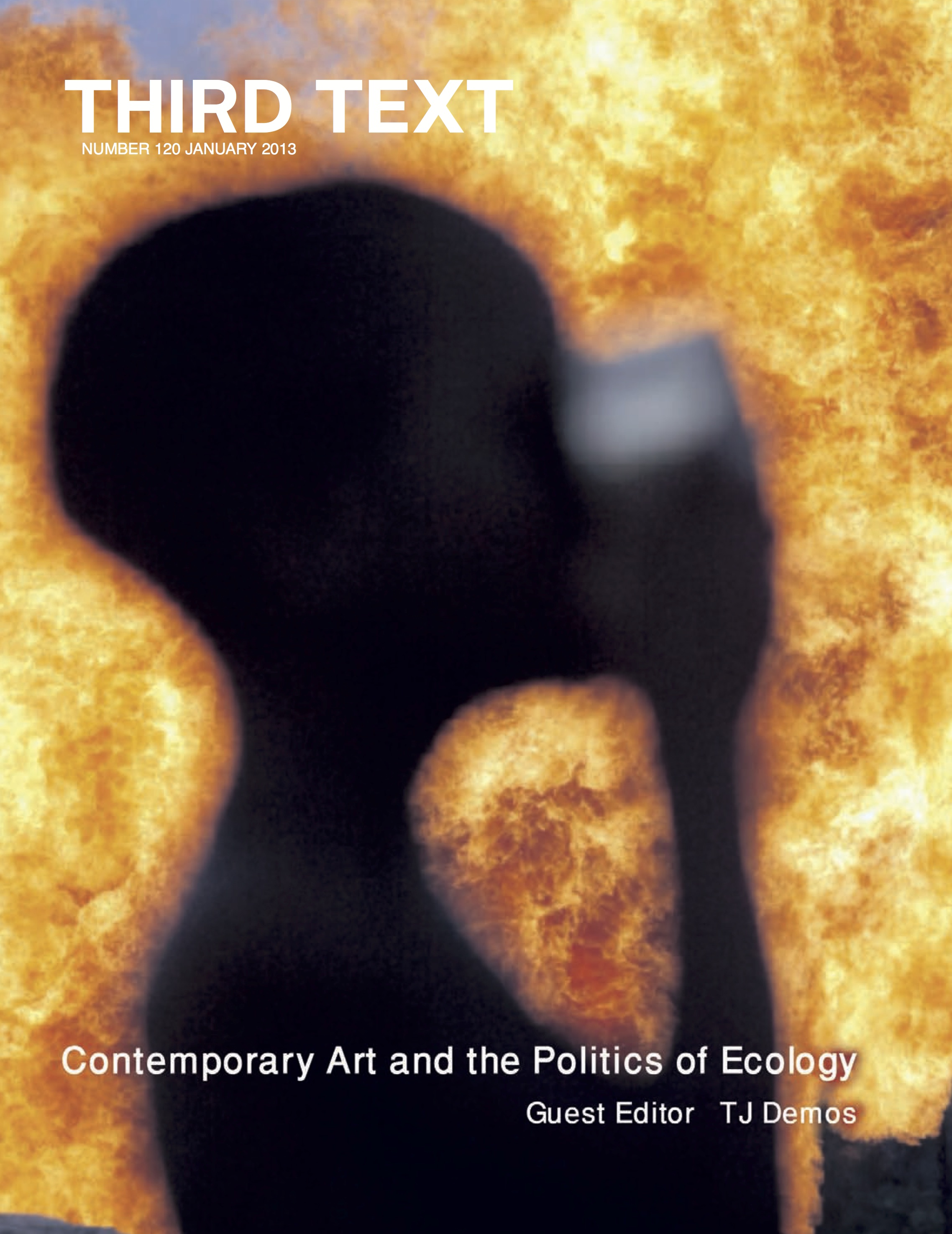The Arts of Durational Organizing: A Conversation with Jonas Staal. In this interview, the CCE is joined by Jonas Staal to discuss his recent Climate Propagandas Congregation at BAK, basis voor actuele kunst, in Utrecht last December 2024 and the pressing issues it addressed. The event featured panels, performances, and talks, and was particularly significant as BAK’s gathering following its recent defunding by the Utrecht municipality and the Dutch Council for Culture—part of a broader trend affecting arts institutions and universities in the Netherlands and, to some extent, globally. The discussion revolves around how our fragile, experimental institutions and practices of assembly—built on radical possibility, mythical storytelling, deep history, and care—can respond and reposition themselves as critical refuges against the bureaucratic machinery of commercialized arts education, neoliberal normativity, and neofascist waves of repression?
April 2025 / Read more...
Last fall, 2019, activists and organizations across the San Francisco Bay Area commemorated the 50th anniversary of the 1969 occupation of Alcatraz Island by Indigenous activists. That historic action began on the morning of November 20, the twilight of that tumultuous decade, when dozens of members of a group called Indians of All Tribes set out for the site of the infamous federal penitentiary that had closed six years earlier. Though the Coast Guard prevented many of the activists and their families from reaching the island, a small contingency made it ashore. Their ranks swelled over time, and the occupation lasted until June 1971. Matthew Harrison Tedford discusses how the occupation is now considered a watershed moment in the modern Native American rights movement, and some have likened it to the Montgomery bus boycott of the 1950s.
February 2020 / Read more...
West Papua Conflict: From Genocide to Ecocide: An Interview with Nabil Ahmed. Ahmed is the founder of INTERPRT, an independent project that investigates environmental crime using spatial analysis towards the adoption of ecocide as an international crime. The project is focused on gathering evidence on long term conflicts in the Pacific. He has written for art, science and architecture publications such as Third Text, Scientific Reports, Volume magazine and Forensis: The Architecture of Public Truth (Sternberg, 2014). In this 2018 interview with the Center for Creative Ecologies he discusses his critical mapping project in West Papua with T. J. Demos.
November 2017 / Read more...
In this new essay contribution to the CCE Journal, writer and curator Rachel Nelson provides a piercing analysis of Berlin-based artists Angela Melitopoulos and Angela Anderson’s Unearthing Disaster I & II, which document socio-environmental injustice in Greece’s Halkidiki Peninsula. During May-June 2017, the Institute of the Arts and Sciences of UC Santa Cruz, in coordination with the 2017 Extraction research project organized by A. Laurie Palmer and T.J. Demos of the Center for Creative Ecologies, presented Unearthing Disaster I & II. Expertly curated by IAS founding director John Weber at Minnesota Street Project in San Francisco, the double video project examines the destruction of a pristine, mountainous forest region in Northeastern Greece by a Canadian mining company, set within the anti-democratic conditions of EU-imposed Greek austerity, and considers what resistance means.
November 2017 / Read more...
As we approach October in the year 2017, we come upon the hundredth anniversary of the momentous event that was the Russian Revolution. Reconfiguring the fundamental conditions of modernity from a radically anti-capitalist perspective, the Revolution realized the potential for a collective form of life according to an emancipatory cultural-political horizon. The Revolution made the seemingly impossible suddenly inevitable, even as its incredible potentiality gradually diminished through its unfortunate unfoldings, ultimately rendering lived communism co-terminus with tyranny. Initiated by T.J. Demos, Amber Hickey, and Chessa Adsit-Morris, the Center for Creative Ecologies invites responses from leading cultural producers, artists, theorists, and activists, to a short questionnaire to see where radical imagination and practice exist in a contemporary world that has entered new levels of unsustainability and injustice.
October 2017 / Read more...
In May 2017, Vienna-based artist Oliver Ressler visited UC Santa Cruz and the Center for Creative Ecologies, where he spoke about Everything’s Coming Together While Everything’s Falling Apart, his recent series of films from 2016-17. The three short pieces, each between 12 and 36 minutes, address international climate governance, its challenges and failures, and showcase select artist-activist grassroots movements seeking to transform the ways we live and how we organize society on the most fundamental of levels. Another world is indeed possible. Ressler’s extensive body of moving-image-based work—established over more than two decades of practice at the intersection of experimental art and radical politics—is exemplary for its seeking out viable and collectively organized political-cultural forms of life, which might be termed the arts of living otherwise, that represent radical alternatives to the disastrous course of petrocapitalism. That bankrupt regime is based on corrupt political governance, growing economic inequality, and violent social injustice founded upon the destructive exploitation and transformation of Earth’s natural systems.
November 2017 / Read more...
“Not one, but many, “ecologies” name a multiplicity of knowledge systems and practices that are far from continuous. Some among these are historically and, at present, directly in conflict—a conflict that is nothing less than cosmopolitical in scope, involving a struggle over what kind of world we want to live in, how we relate to others, and indeed who “we” are…” With this short essay, Demos introduces the section on “Ecologies” in the book Public Space? Lost and Found, ed., Gediminas Urbonas, Ann Lui and Lucas Freeman (Cambridge: MIT Press, 2017), with selections by Brian Holmes, György Kepes, Timothy Morton, Christoph Brunner and Gerald Raunig, Nomeda & Gediminas Urbonas, Rikke Luther, atelier d’architecture autogérée, and Otto Piene.
June 2017 / Read more...
As part of its Extraction events series, which explores the implications and consequences of extractive industries, the Center of Creative Ecologies invited Matt Coolidge, Founder and Director of the Center for Land Use Interpretation (CLUI), to speak with CCE member LuLing Osofsky about some of CLUI's projects that look at mining and subterranean land use. A research and education organization, CLUI is “dedicated to is dedicated to the increase and diffusion of knowledge about how the nation's lands are apportioned, utilized and perceived.” This interview follows up on Matt's talk at UCSC, and continues the conversation on how extraction fits into CLUI's conceptual, aesthetic and political framework.
April 2017 / Read more...
What are creative ecologies? T.J .Demos addresses this question in Take Magazine out of India: “Proposing a notion of creative ecology means decolonising nature—not in the sense of reclaiming some sort of original wilderness or pure nonhuman environment (these represent fictions of a colonised world), but instead releasing the environment from its reduction to “natural resources,” as if it exists purely for human exploitation and consumption.”
March 2017 / Read more...
“Following Lizards: An Interview with Chessa Adsit-Morris” explores the ideas developed in Adsit-Morris' recent book Restorying Environmental Education: Figurations, Fictions, Feral Subjectivities (2017). A Visual Studies PhD candidate and Center for Creative Ecologies member, Adsit-Morris explains “The main challenge that I was trying to get at in thinking about how we teach environmental education, and which is also applicable to teaching about non-Western cultures and epistemologies, was that we are always teaching about. I don’t want to teach about nature, about non-Western ways of knowing and being. That reifies the nature/culture binary. I want to find space to engage with nature as a living co-evolving relation." She discusses her text, the theorists and multi-species networks that have contributed to her thinking, and where she may take these ideas while at UC Santa Cruz, with Alex Moore, also a Visual Studies PhD student at the UC Santa Cruz and member of the Center for Creative Ecologies.
February 2017 / Read more...
T.J. Demos, "Animal Cosmopolitics: The Art of Terike Haapoja": Finnish artist Terike Haapoja’s work to date includes a range of mixed-media projects dedicated to the non-represented, and to inventing new ways to counter their exclusion. These include pieces such as Party of Others (2011) and History of Others (2013-ongoing, in collaboration with the writer Laura Gustafsson), the latter unfolding to a series of related projects such as The Museum of the History of Cattle (2013) and The Trial. In addition to future pieces planned for 2016 like Museum of Nonhumanity, all contribute to a rebellious attempt to found a new “ethico-aesthetic paradigm” that is psychic and social as much as institutional and environmental, which moves beyond the grips of anthropocentrism.
August 31, 2016 / Read more...
COP 21 Questionnaire: The Center for Creative Ecologies (Amber Hickey and T.J. Demos) invited responses to the following questionnaire from participants reporting back from the artistic activism surrounding COP21, the recent UN-convened Climate Conference taking place in Paris in December 2015. We hope this will be a useful resource in collectively reflecting on the actions and outcomes of COP21 interventions, so that we can consider their achievements, lessons, and how best to move forward.
Spring, 2016 / Read more...
T.J. Demos, “Playful Protesters Use Art to Draw Attention to Inadequacy of Paris Climate Talks,” which appeared in the online journal Truthout, on 13 December 2015: “From today's perspective, these practices of eco-restoration seem akin to rearranging the deck chairs on the sinking Titanic. In other words, making local interventions frequently fail, despite their good intentions, to address the now undeniable threat of climate breakdown that is insistently global in definition. Presently, the ecology that desperately needs repair - even before the natural environment can be addressed - is that of planetary governance itself. And that is precisely where current artist-activists are directing their energies.”
December 13, 2015 / Read more...
Emily Eliza Scott and Kirsten Swenson, “Introduction: Contemporary Art and the Politics of Land Use,” Critical Landscapes: Art, Space, Politics (University of California Press, 2015): “A groundswell of art since the turn of the millennium has engaged the politics of land use, addressing topics from the widespread privatization of public spaces and resources to anthropogenic climate change, borderland conflicts, the Occupy movement, and the rhetoric of “sustainable development.” Some of the most compelling artists today are forging new representational and performative practices to reveal the social significance of hidden, or normalized, features inscribed in the land…”
2015 / Read more...
Amber Hickey, "Winning Back the Climate: Activists at COP 21 Plot Move Towards Environmental Justice," Center for Creative Ecologies Journal (November 2, 2015): “With the knowledge that atmospheric CO2 has risen exponentially since the first COP meeting in 1994, despite the annual efforts of these UN-sponsored meetings, trusting such institutions to facilitate the kind of transformation that is necessary has revealed itself as untenable. It is now clear to many that the UN process, while arguably a measure more useful in its potential global reach than leaving these important decisions to states and corporations, is not likely to bring forth any meaningful changes in climate policy ― not to mention actions that will have concrete impacts on the lives of frontline communities.[3] Activists and community members are therefore preparing to challenge the COP’s failures by taking matters into their own hands…”
November 2, 2015 / Read more...
Subhankar Banerjee, “Fire at World's End”: On the fires currently burning in Washington State: A glimpse of the future?
“A team of international climate change and rainforest experts published a study earlier this year warning that, “without drastic and immediate cuts to greenhouse gas emissions and new forest protections, the world's most expansive stretch of temperate rainforests from Alaska to the coast redwoods will experience irreparable losses.” In fact, says the study’s lead author, Dominick DellaSala, “In the Pacific Northwest... the climate may no longer support rainforest communities.” (Image: Subhankar Banerjee, photograph taken from the Hurricane Ridge Visitor Center looking south toward the smoke-infused Elwha River Valley, Olympic National Park, Washington, July 19, 2015, from his forthcoming text, vanishing before my eyes: forests, glaciers, rivers, 2015)
July 30, 2015 / Read more...
John Jordan, “The day we stopped Europe’s biggest polluter in its tracks,” Guardian. Artist-Activist, member of the Laboratory of Insurrectionary Imagination, describes the protest action, Ende Gelände (Here and no further), that briefly shut down the RWE coal mining operation in Germany: “This month, I broke the law. I wasn’t alone; I was with 1,500 others, many of whom had never broken any law for their beliefs before. Together we managed to shut down Europe’s biggest source of CO2 emissions: RWE’s lignite mines in the Rhineland in Germany. In total, around 800 of us were arrested, and hundreds of us refused to cooperate with the authorities by withholding our names and IDs. This hampered the bureaucracy so badly that we were released without charge. It was the world’s largest act of disobedience against the mining of fossil fuels – and it might be the spark that ignites a rising, cross-border movement of disobedience for climate justice.”
27 August 2015 / Read more...
• China Miéville, "The Limits of Utopia": "Earth: to be determined. Utopia? Apocalypse? Is it worse to hope or to despair? To that question there can only be one answer: yes. It is worse to hope or to despair. Bad hope and bad despair are mutually constitutive. Capitalism gets you coming or going. ‘We’ can fix the problem ‘we’ made. And when ‘we’, geoengineers, fail, ‘we’ can live through it, whisper ‘our’ survivalist bad consciences, the preppers hoarding cans of beans. Is there a better optimism? And a right way to lose hope? It depends who’s hoping, for what, for whom – and against whom. We must learn to hope with teeth."
2014 / Read more...
Naomi Klein, “Why #BlackLivesMatter Should Transform the Climate Debate,” The Nation.
"Taken together, the picture is clear. Thinly veiled notions of racial superiority have informed every aspect of the non-response to climate change so far. Racism is what has made it possible to systematically look away from the climate threat for more than two decades. It is also what has allowed the worst health impacts of digging up, processing and burning fossil fuels—from cancer clusters to asthma—to be systematically dumped on indigenous communities and on the neighborhoods where people of colour live, work and play."
December 12, 2014 / Read more...
Margaret Atwood, "It's not Climate Change, It's Everything Change," Medium.
"Back in 2009, as fracking and the mining of the oil/tar sands in Alberta ramped up — when people were talking about Peak Oil and the dangers of the supply giving out — I wrote a piece for the German newspaper Die Zeit. In English it was called “The Future Without Oil.” It went like this..."
2015 / Read more...
This edition of Periscope—the focused series of critical essays published online by the journal Social Text–features World of Matter, an international art and media project that investigates primary materials (fossil, mineral, agrarian, maritime) and the complex ecologies of which they are a part. Contributions by World of Matter participants along with those by other artist-activists and critics highlight transnational networks of relation that oftentimes entail forms of “slow violence,” with a commitment to grappling simultaneously with the social, the material, the geopolitical, the planetary, and questions of justice.
2015 / Read more...
T.J. Demos, "Against the Anthropocene: On the Visual Culture of Environmentalism Today"
“On May 16th, 2015, the “Paddle in Seattle” demo unleashed its kayak flotilla, a mass direct action against Shell’s Arctic-bound Polar Pioneer drilling rig temporarily stationed in the west coast city’s port. Word and images of the “S(h)ell no!” protest spread widely online, accompanying reports in indie media and some mainstream press, distributed by environmentalist and Indigenous movements, adding momentum to the popular challenge to extreme extractivism in the far North. These images visualize and energize the mounting antagonism between corporate industry’s pushing us into climate chaos, and grassroots campaigners’ opposition to the continued reliance on fossil fuel. As such, the action throws a wedge into the universalizing logic of the Anthropocene, a term that, as we have seen, suggests—falsely—that we’re all agents of climate change, sharing equally in its causes and effects...” (‘Shell No’ protesters take to the water on Saturday heading near Royal Dutch Shell’s Polar Pioneer drilling rig near Seattle. David Ryder/Getty Images)
2015 / Read more...
Rachel Nelson, “Visions at the Scene of Trauma,” Third Text (June 2015).
In the decade since Okwui Enwezor asserted the relevance of art biennials staged at sites of social and political trauma, it has grown abundantly clear that art is increasingly imagined to do something in these extreme and unlikely contexts. However, what art is being imagined to do in such circumstances remains under-explored. This article considers the alchemies of art and biennial practices by revisiting the exhibition developed in New Orleans after the devastation of Hurricane Katrina. It situates that the 2008 biennial, ‘Prospect New Orleans,’ within the outpouring of imagery that emanated from the storm, images that both reveal and maintain the institutionalised racism and policies of economic neglect that ensured the storm was so very devastating. The article considers the roles the biennial project and its artworks played within the racialized visual systems that produce large swathes of the population as disposable in the face of every storm.
June 2015 / Read more...
T.J. Demos, ed., Special Issue of Third Text no. 120 on “Contemporary Art and the Politics of Ecology,” ed. T.J. Demos (January 2013). An introduction into ways of approaching "political ecology" via contemporary art today.
"This special issue of Third Text, dedicated to contemporary art and the politics of ecology, investigates the intersection of art criticism, politico-ecological theory, environmental activism and postcolonial globalization. The focus is on practices and discourses of eco-aesthetics that have emerged in recent years in geopolitical areas as diverse as the Arctic, Nigeria, Bangladesh, Indonesia, Europe and Mexico. The numerous contributors address new aesthetic strategies through which current ecological emergencies – including but not limited to the multifaceted crisis of climate change – have found resonance and creative response in artistic practice and more broadly in visual culture." (Download pdf of entire issue.)
January 2013 / Read more...

